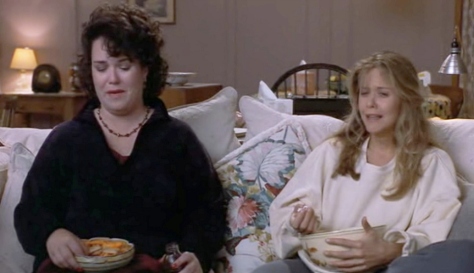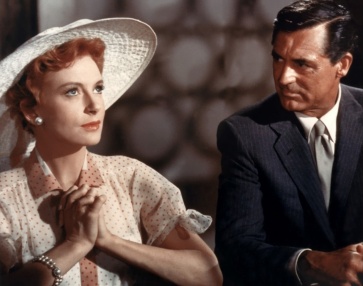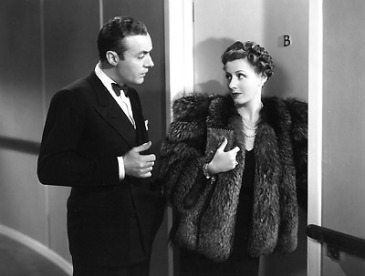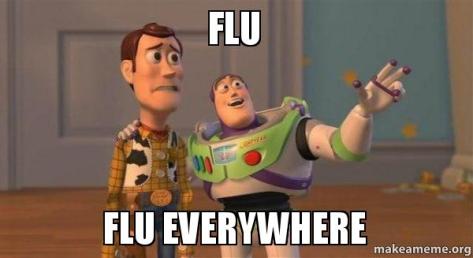For the last BCM210 post we were asked to test our survey questions, for the second assessment, in the form of an interview.
As mentioned in the previous post, the hypothesis for the assessment is romance films; how they have evolved, and how they influence audiences’ views on romance and their relationships. In the group I’m participating in we decided to use three specific films that convey different romantic views. These films are: ‘An Affair to Remember,’ (1957) ‘Dirty Dancing,’ (1987) and ‘Friends with Benefits.’ (2011)

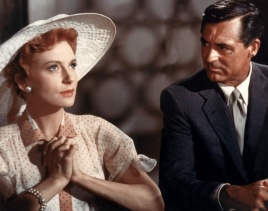

Using Interview questions inspired by the survey we have created, I conducted a trial interview; these are the answers I received…
Individual interviewed: Female, age between 20-25
Q: How do you feel romance films influence your opinion on relationships and romance?
I think they are often stereotyped as being unrealistic, but I believe some of them can instill morals and hope of what “real” love is supposed to feel like. They’ve influenced me into becoming a hopeless romantic.
Q: How often do you watch romantic films and why?
Whenever I feel like watching something uplifting and I’m feeling hopeful. Never watch when you’re heartbroken lol.
Q: Out of the following films: An Affair to Remember, Dirty Dancing and Friends with Benefits, which do you feel reflects your romantic ideals and why? ‘An Affair to Remember’ because it still holds those classic morals that old Hollywood was all about. It’s friendship that has turned into love unintentionally; that is to say she didn’t throw herself at him, nor was he just trying to get her into bed. It’s a sweet, tender, and caring relationship.
Q: What is your opinion on romantic films, how do you think romance is conveyed in the media today?
Romance today is completely different to what it used to be and how it rarely is perceived in film. Instead of that lighting bolt connection or getting-to-know-you conversation, it’s about hooking up right away, hopping into bed and hoping that the guy texts you the next day and eventually (after many months of no strings attached) you call it a relationship. It’s 95% ridiculous and 5% moralistic.
Results
From the interview, I was able to surmise that the questions asked were sound enough to inspire honest results. Analysing the individual’s answers, we can easily see how old-fashioned romance with morals is favoured through choosing, ‘An Affair to Remember’ as the film which influences their views on love. They believe in being a hopeless romantic despite the crude episteme of today.
Original Survey Questions
The survey questions that inspired the interview above are as follows:
Q: Circle the films below that you’ve seen
An Affair To Remember Dirty Dancing Friends With Benefits
Q: Have any of the previously mentioned films influenced your ideas on relationships/romance?
Yes/No
Q: On a scale of 0-5 (0 being never and 5 being frequently), how often do you watch romance films?
Q: Do you think the media has an important role in shaping opinions on romance?
Overall from developing the interview questions, I was able to understand that the survey can easily be improved by expanding questions by merging two questions into one, so that new questions can be added in for more depth. Looking forward to seeing the diverse results within the answers collected through the finalised survey.



